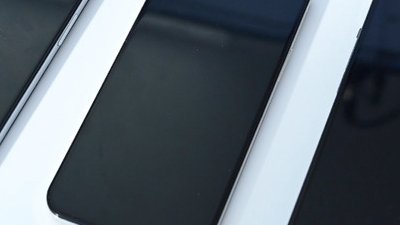The iPhone 12 "Max" does not technically exist. Find out about the 6.1-inch iPhone 12 on its page. This page contains outdated information and rumors prior to Apple's official announcement.
Apple is expected to launch the "iPhone 12 Max" alongside the "iPhone 12," "iPhone 12 Pro," and "iPhone 12 Pro Max" at an October 13 event. The models will differ in screen size, camera technology, build materials, and price points.
The iPhone event usually takes place in September, but Apple has delayed the 2020 showcase to October due to the pandemic. Apple announced the iPhone event on October 6 with invites reading "Hi, Speed."
"iPhone 12 Max" Features
There are four rumored models expected in the fall lineup, and two will occupy the budget "iPhone 12" space for the first time. That is the tier held today by the iPhone 11 and the year before by the iPhone XR. Both the "iPhone 12" and "iPhone 12 Max" are expected to have 5G wireless connectivity, 4GB of RAM, OLED displays, and a dual-camera system. The larger of the two will have a 6.1-inch display.
The 6.1-inch models will ship on October 23 after pre-orders on October 16. The other models will not ship until November.
Design
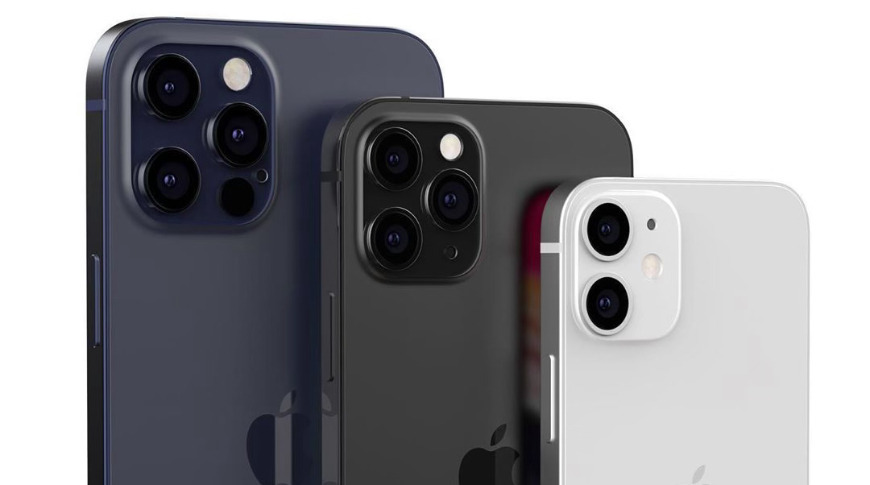 Three sizes across two classes of iPhone; image credit: Tokar
Three sizes across two classes of iPhone; image credit: TokarThe "iPhone 12 Max" is expected to retain a 6.1-inch display like its predecessors, the iPhone 11 and iPhone XR. Its smaller counterpart, the "iPhone 12," should have a 5.4-inch screen but otherwise carry an identical design and features.
The "iPhone 12 Max" naming is speculative as the 6.1-inch model would be a successor to the iPhone 11, which doesn't have a smaller counterpart.
After three generations of using the iPhone X design, Apple is expected to change the look and feel of its lineup this fall. They're rumored to have the same edge-to-edge screen with a notch, but some analysts suggest the handsets will have a smaller notch. Reputable analyst Ming-Chi Kuo has suggested Apple may reduce the notch or remove it entirely by using smaller camera technology.
Apple's classic flat-sided design may return in the 2020 iPhones. The flat edges, first with stainless steel, debuted in the iPhone 4. An aluminum variant arrived with the iPhone 5 and last appeared in the original iPhone SE. A fresh take on the 10-year-old design could give the new models a distinct yet classic appearance.
Multiple sources point to Apple revisiting this flat-sided design, which the company recently used in the third-generation iPad Pro.
Ming-Chi Kuo has suggested the switch to 5G in the new iPhones will require larger and more expensive motherboards. He anticipates the logic board growing by 10% to accommodate the added technologies, increasing the part's cost by 35%.
Kuo also proposed Apple would increase the use of liquid crystal polymer (LCP) flexible printed circuit (FPC) antenna technology for the "iPhone 12" series. The higher number of units to enable 5G versus 4G LTE, as well as using LCP FPC for the upper antenna, could cause supply chain issues over the increased demand.
Though leaks have pointed to a color change in the pro-series pair of phones, there haven't been any rumors about color offerings for the budget "iPhone 12" and "iPhone 12 Max." The iPhone 11, their direct predecessor, ships in six colors: white, black, green, yellow, purple, and (Product)Red.
Display
The direct predecessors of the "iPhone 12 Max" used LCDs, branded as Liquid Retina HD. But this year, the budget iPhones are expected to join the pro series with OLED displays. However, they're expected to use cheaper OLED panels than the pro-series iPhones. The screens in the "iPhone 12" and "iPhone 12 Max" would maintain their budget pricing while the company moves to thinner Y-Octa type displays for the duo of "iPhone 12 Pro" handsets.
Conflicting reports point to BOE supplying OLED for the cheaper models, while others suggest LG and Samsung as the sole suppliers. Reports suggest BOE cannot consistently provide the required display quality.
While it's possible Apple will add 120Hz ProMotion displays to the "iPhone 12 Pro" models, that tech is unlikely to appear in the cheaper "iPhone 12" pair of phones.
A leak prior to the October event suggests that all four models will have Super Retina XDR Displays. They will also feature a new Ceramic Shield Front Cover to protect against drops.
Rear Cameras
The rear camera system on the "iPhone 12 Max" should remain relatively the same as the iPhone 11, with only some small updates to its processing engine.
The dual-camera system used in the iPhone 11 uses a 12MP wide-angle lens and a 12MP ultra-wide lens. The sensor may increase, or images may improve due to the better processing in the A14 chip, but rumors have not shown signs of a significant change to this camera system.
Though Apple could implement a new "high-end" seven-piece camera system this generation, that upgrade would be limited to the pro-level pair of phones.
The cameras will be able to shoot video in Dolby Vision, a type of HDR used in film.
Face ID
For the display notch to be smaller or removed, Apple will have to change or move its components in the Face ID sensor array. Ming-Chi Kuo suggests Apple could reduce the front-facing camera's size to allow for the change, while Jon Prosser has leaked diagrams with more compact sensor placement.
Moving some or all of the notch's components into the phone's bezel could be another way to reduce the notch. Prosser's leaked image shows the microphone and speaker in the bezel above the Face ID sensor array rather than in the notch.
The front-facing camera is 12MP in the iPhone 11 Pro and will likely retain that spec for the new models.
Processor
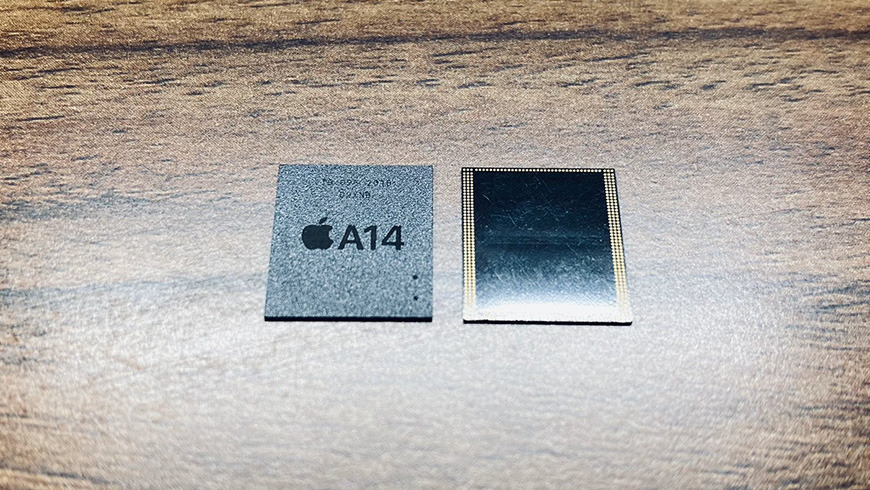 Leaks suggest an A14 chip in the next iPad Air (image: Mr·white)
Leaks suggest an A14 chip in the next iPad Air (image: Mr·white)Apple will likely introduce the next generation of A-series chips, the A14. No leaks have occurred for this particular component, but Apple is well known for its year-over-year gains in graphics and processing power in its proprietary chipsets.
TSMC supplies some of the current A-series processors for Apple using a 7-nanometer process. The company announced a new 6-nanometer process is ready for mass-production as of April 2019, and the 5-nanometer process was in a pre-production phase. Apple may use that 5-nanometer process in its next processors.
A benchmark for an unknown A-series processor showed up in Geekbench that may be for the A14. This benchmark showed a 50% gain in single-core performance over the A12Z Bionic used in the iPad Pro line. This would also be the first A-series chipset to ever clock over 3GHz.
Apple announced that it is moving its Mac processors from Intel to Apple Silicon. That won't likely affect the "iPhone 12 Max" or other models' chips, but what Apple learns from producing Mac-class processors will likely trickle down to the mobile line.
5G and wireless connectivity
Apple will likely upgrade from 4G LTE to 5G in the next-generation iPhones. Qualcomm is set to provide the modems this year since Intel has exited the 5G modem business.
Apple may start making modems after acquiring the patents from Intel in a billion-dollar deal. However, the Apple-designed modems wouldn't be ready until 2022 at the earliest.
Qualcomm has taken the opportunity to hint at supplying the modems for the 5G iPhone as well. Earlier rumors placed LTE in the smallest model, but Kuo and other leakers have suggested all "iPhone 12" series models will support 5G.
It is not clear if the iPhones will receive mmWave or sub-6Ghz versions of 5G. Some rumors say that all models will receive the sub-6GHz band, as it covers the widest range at the longest distance, even though it is slower overall.
Additional Leaks
- No USB-C port, will be Lightning
- Will not include a charging plug in the box, may still have USB-C to Lightning cable
- USB-C to Lightning cable could be braided
- If a charging plug is included, it may be 20w for the pro models
- MagSafe accessories will use the magnets in the "iPhone 12" for charging
- Will not include EarPods in the box to boost AirPods sales
- Magnets mounted to the rear of the device may help with positioning on wireless chargers
"iPhone 12 Max" Pricing and Release
Apart from the new smaller screen size, pricing should remain very similar to that of the iPhone 11. Delays caused by the pandemic could lead to a later-than-normal launch, similar to the iPhone X launch in 2017.
The budget models would release a week or two after the keynote held in late September or early October, and the pro models a few more weeks after that.
The "iPhone 12 Max" will have a 6.1-inch OLED screen, aluminum frame, and dual-camera system for an entry price of $799. It will be announced at the October 13 event and ship on October 23.
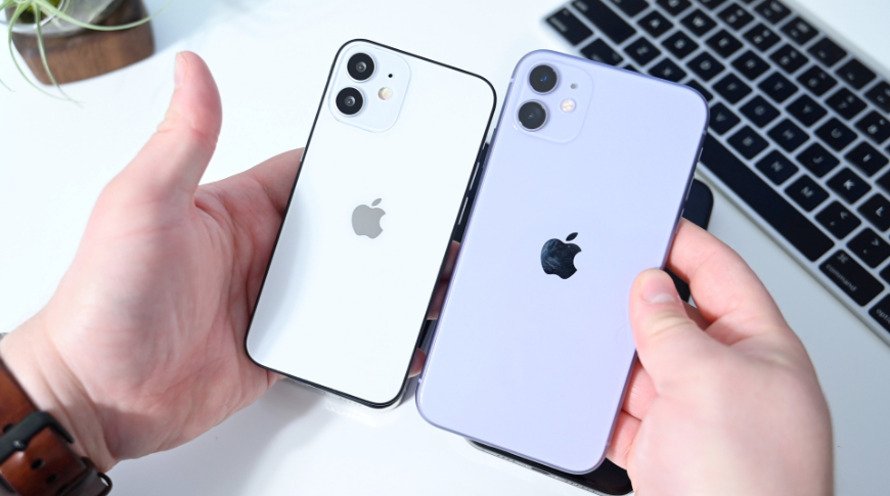
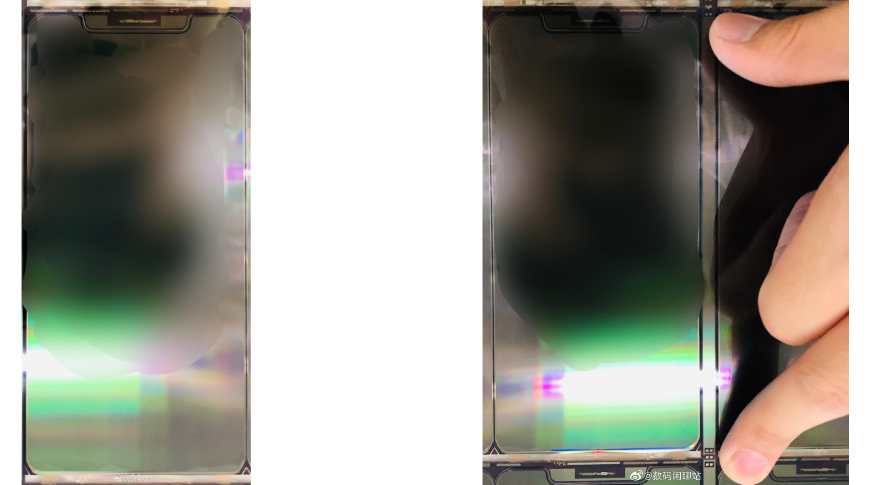
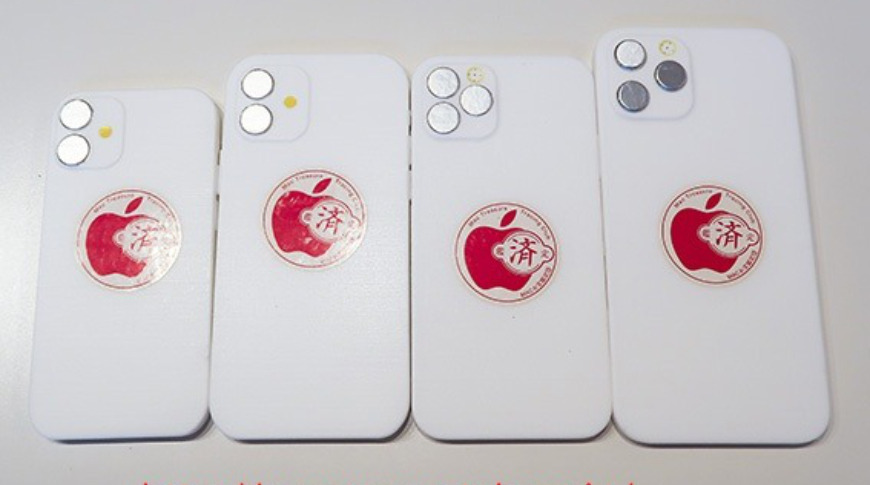
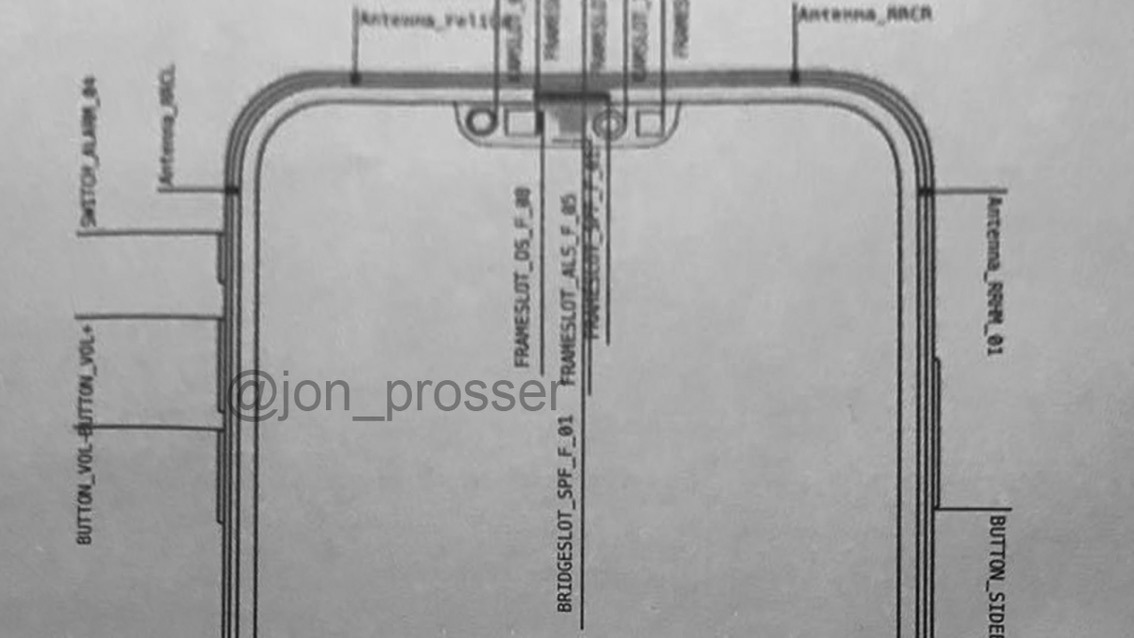
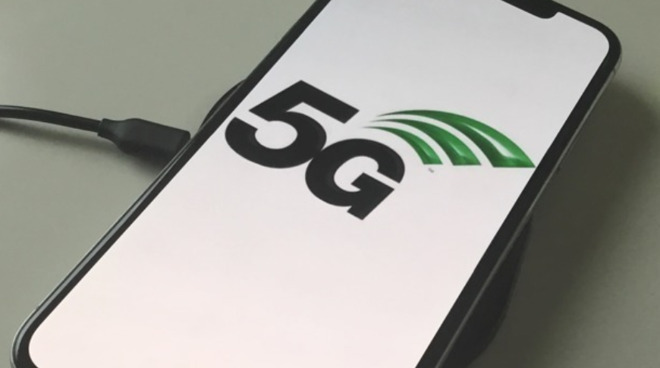
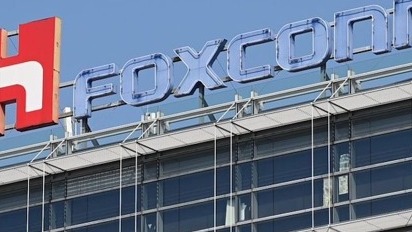
 Amber Neely
Amber Neely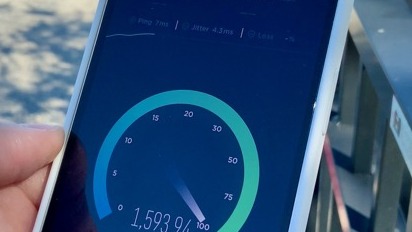
 Stephen Robles
Stephen Robles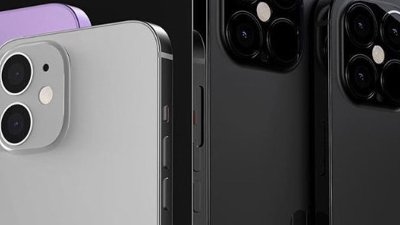
 Malcolm Owen
Malcolm Owen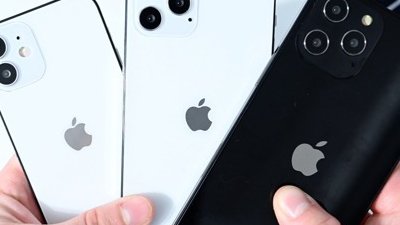
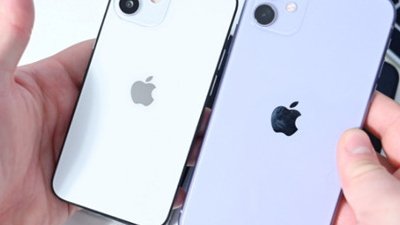
 William Gallagher
William Gallagher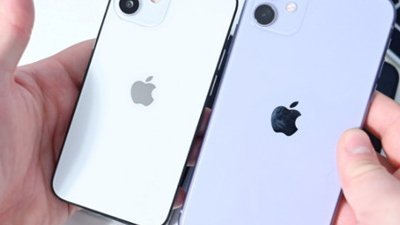
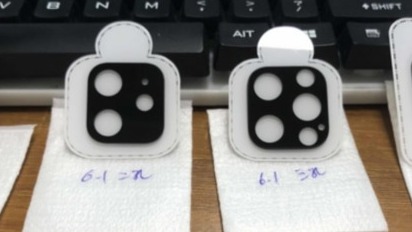
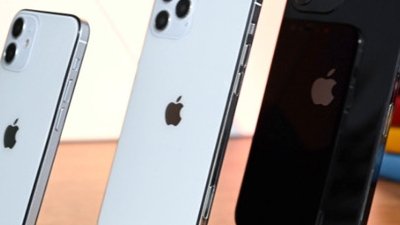
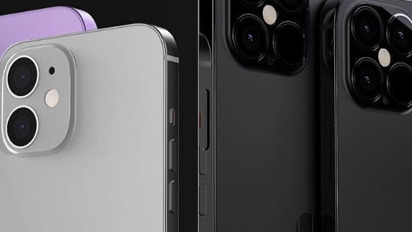
 Mikey Campbell
Mikey Campbell